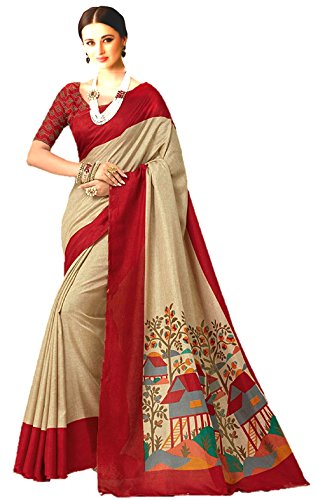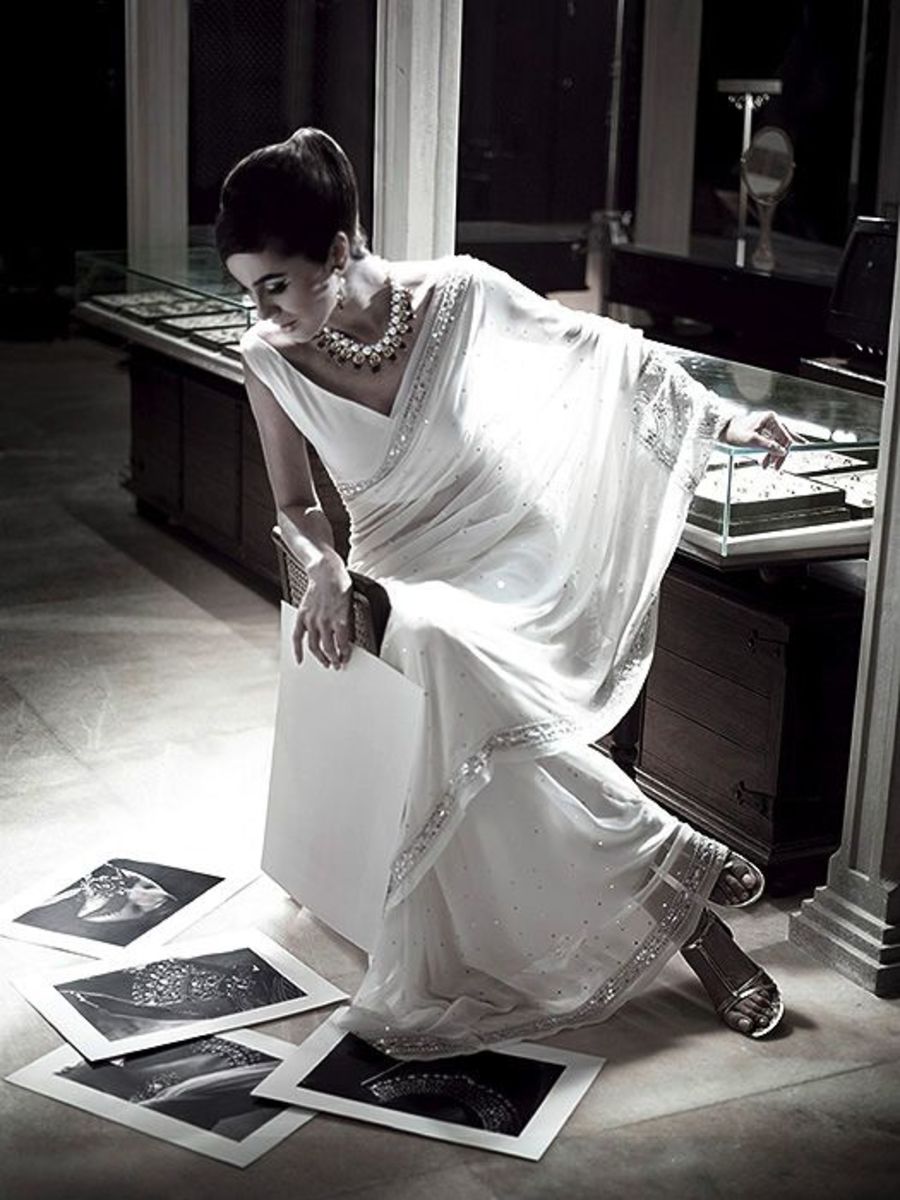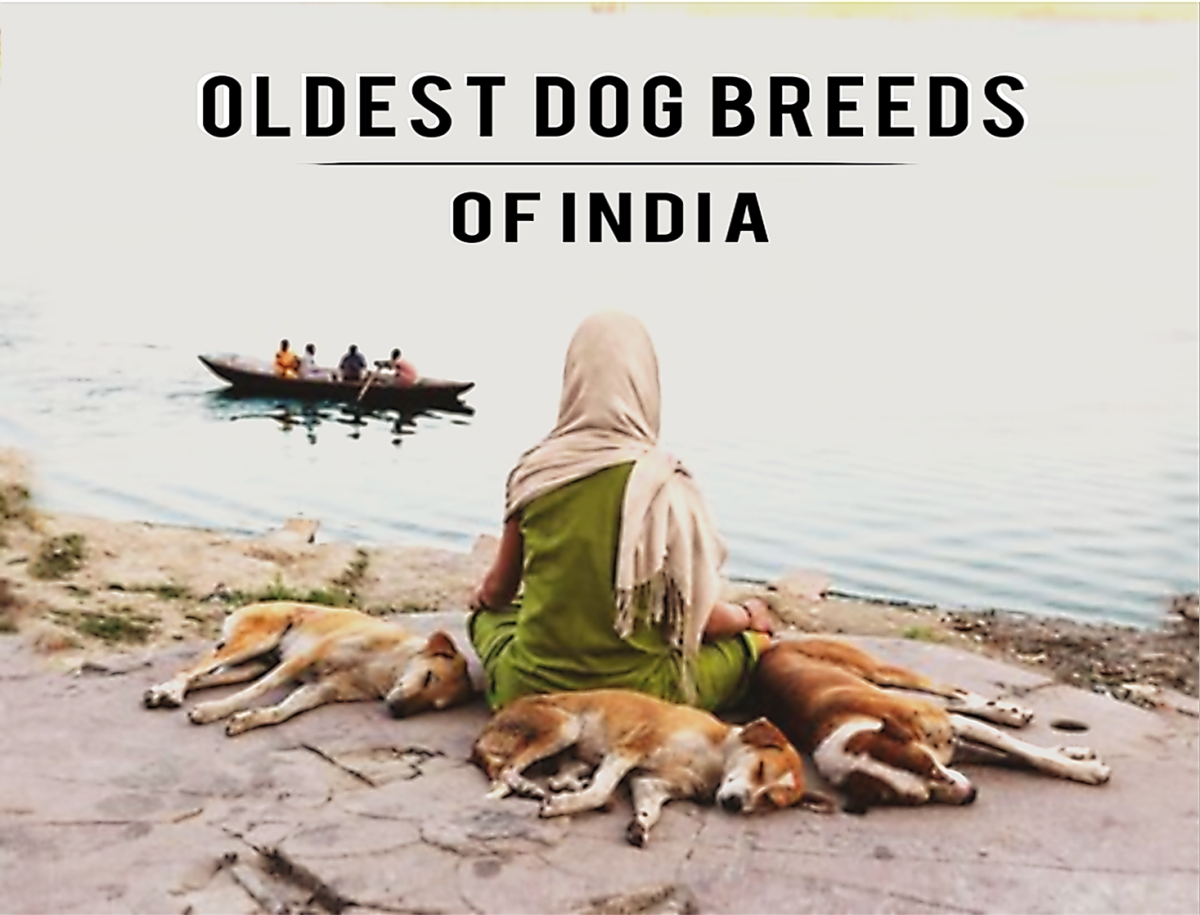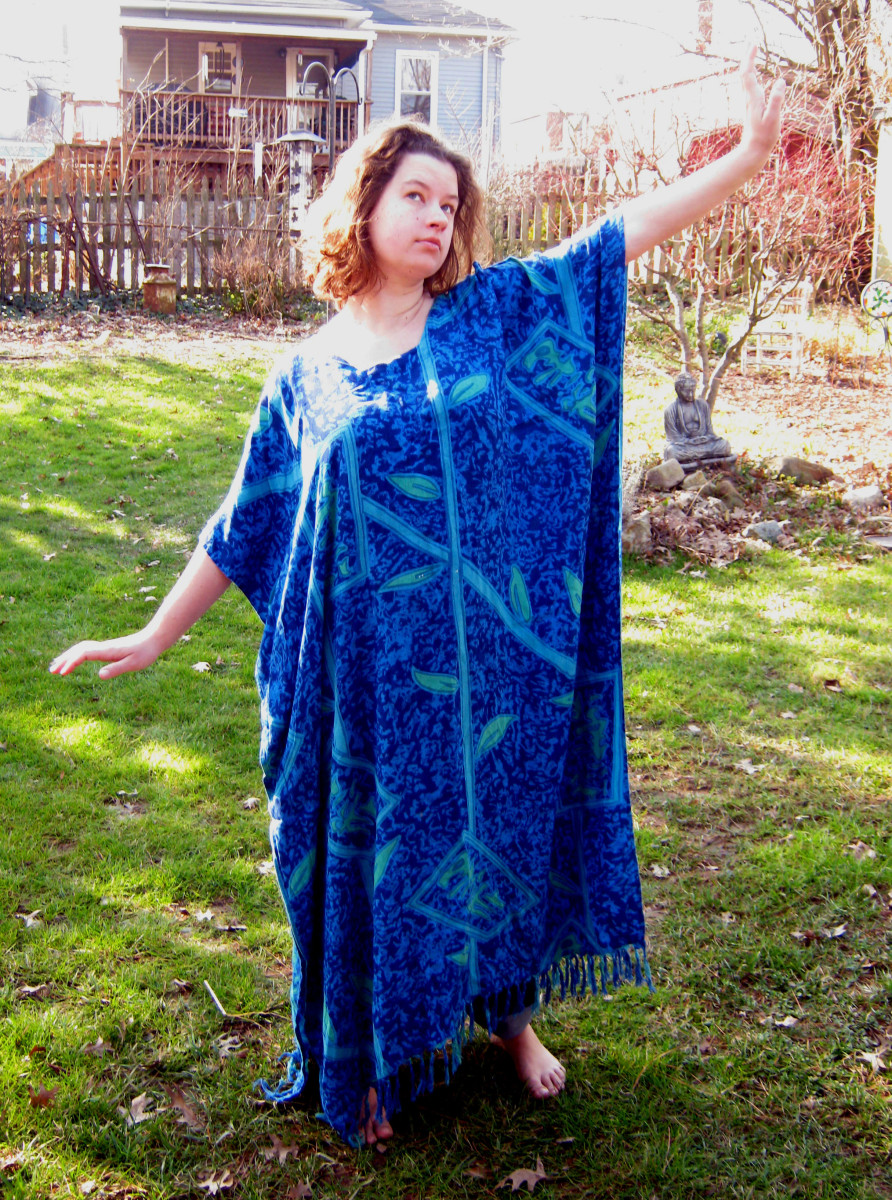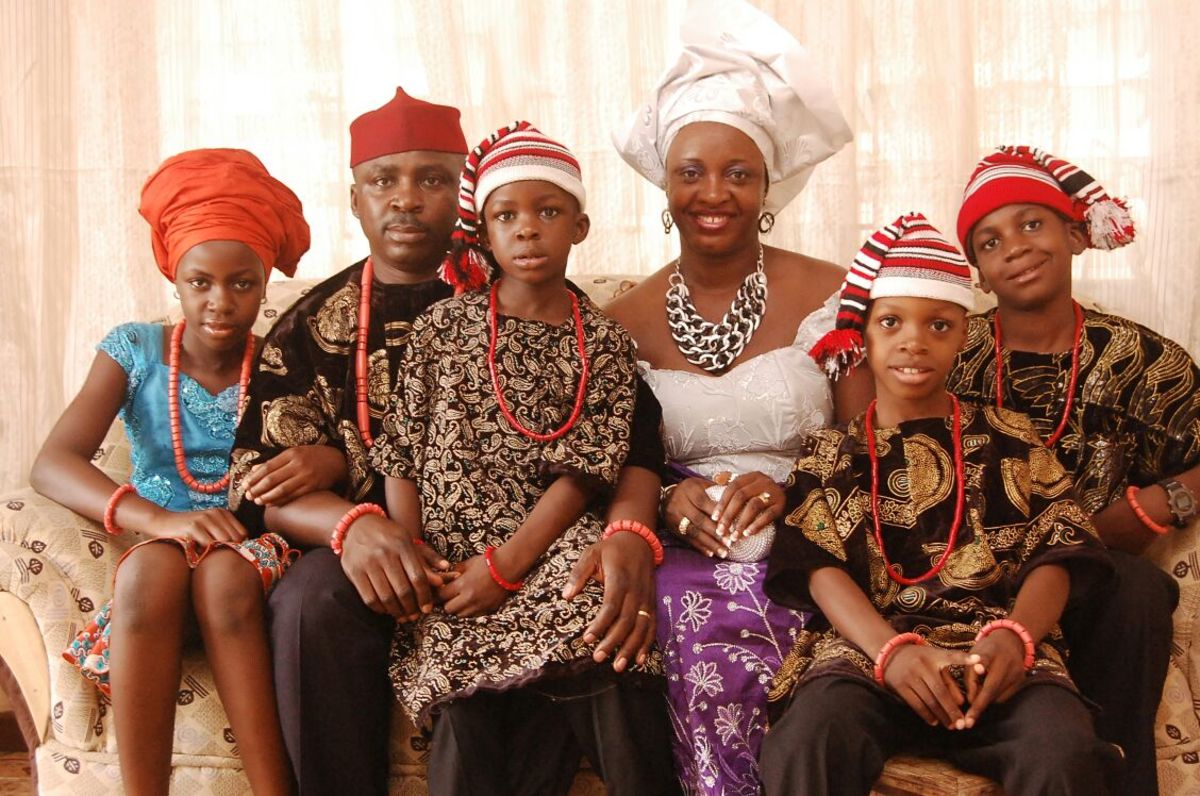The Origin of Indian Saree
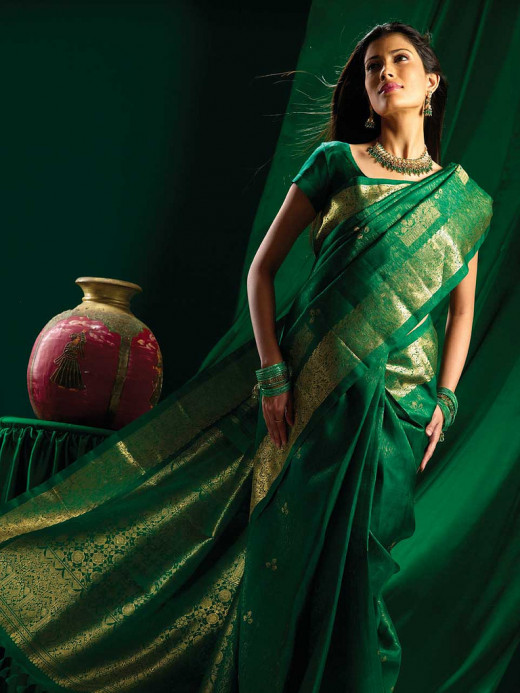
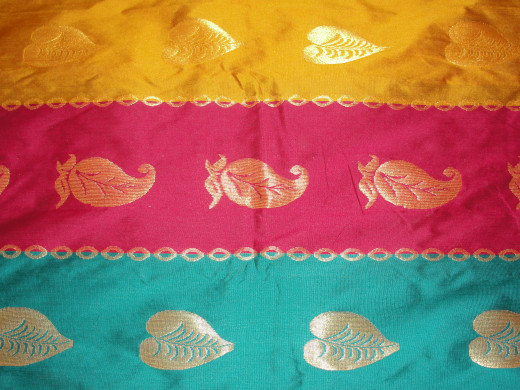
Introduction
Saree is an unstitched apparel that is one of the world’s oldest garment existing today.
Today it is considered one of the sensual wear for women.
It is glamorous and portrays the enticing appeal of a woman.

Origin
Saree goes back into the era of Indus Valley civilization where it was described as loincloth and draped around the waist then one end of the cloth was passed between the legs and tucked in the posterior. This allowed them to free their legs and give them better movement.
This clothing was also seen in various other cultures of Egypt, and Sumer. Women wore this unstitched garment leaving their upper part of the body bare except in winters where they would drape an animal skin over them for protection from cold.
Draping of Saree in India
In India, women wore this garment with a small piece of cloth worn across the breasts. It was called Choli. The upper class in India wore this garment made of silk and dyed this fabric with vegetable dyes to make it colorful and pretty. The unstitched cloth, Saree also got embroidered and became a fancy wear. Women wore jewellery along with this outfit and looked sensuous.
Gradually, this loincloth that started off, as one piece, and turned into a two piece with choli. Now, became a three piece outfit. Choli (kanchuki), Saree, Long cloth draped around the waist with minimum stitching (peevi) were the three pieces that consisted of this outfit. The Saree was no longer tucked in from the posterior and was draped around the waist with pleats of this garment hanging in front by bringing it across the shoulder or touching their ankles via the shoulder in a graceful fall.

How did Greece and Persia influence the Indian Saree?
Saree took another change with the influence of the Greeks and the Persians. Greeks introduced wearing belts around the waist which helped to hold on their long flowing cloth. Indian women of upper class adapted that look on their attire while adorning themselves with jewelry.
The kanchuki (choli) that women used to drape around their upper part started to get stitched when Persians introduced the art of stitching. Women of india started to wear stitched short jackets to cover their upper bodies. This jacket was compact and used to fit snugly around the bosom of the woman. Persians also introduced adorning the fabric with pearls and precious stones. The peevi was also properly stitched and got its name as a petticoat (long skirt)
Evolution of Saree
Gradually the Saree and choli evolved through many years. Man’s attire changed from a dhoti to trousers and blazer, but a woman’s Saree stayed along. However, the art of decorating the long unstitched cloth (Saree) and the blouse went through a lot of transformation with embroidery and jewels.



Indian Sarees
Saree, a garment most wearable in India is a combination from various cultures such as Greece, and Persia.
This five and half metres in length and one-eighth metre in width long unstitched cloth went through a lot of transformation in its fabric. Several names were given to this fabric depending on their origin.
Example: Kausheya Silk, Brocade, Tassar Silk, Finest of Cotton.
This helped in originating textiles, in India. Creativity was high amongst the artisans in India where different fabrics were made with an artistic edge that attained popularity worldwide.
Saree is an ethnic wear of Indian women, and even with decades of progress in all arenas, this dress still remains the traditional dress of Indian women in today’s modern society. Infact, this cloth is adorned by many women of different cultures across the globe.
This Saree ranges from a three digit to a six figure amount depending on the fabric used and the amount of work done on this cloth.
Indian Bridal Saree
Some Sarees are even woven with metal gold thus, increasing the price to a six figure. Till today, this attire is adorned my many, during festivals and weddings.
An Indian bride wears a dark color saree with lots of work on it.
Indian Designer Sarees
Since this cloth is draped by many. Sarees are now designed exclusively by designers, making it "THE" special saree. Cost is high, but many women are ready to pay the price to look exclusive in that wear.
One of the notable saree designer is: Manish Malhotra

Be your own Designer for your Saree
Designer sarees cost a fortune. Be creative and design your own saree.
Video attached with instructions.


Looking to rent this apparel?
Peep into Golden Weaves. They have an extensive array of Sarees made of different fabrics, which makes it a pleasure for any occasion.
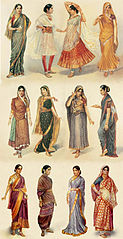
Conclusion
This five and half metre cloth is draped in different ways across the globe. Idea is to cover your essential parts, thus innovation was the key behind wearing this attire.

